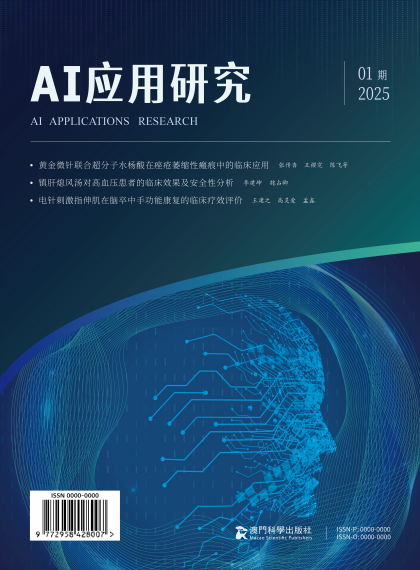摘 要:
大语言模型(LLMs)的涌现机制已成为人工智能领域的重要研究方向。本文以DeepSeekR1为研究对象,探讨其涌现能力的形成机制以及训练成本优化策略。在研究背景方面,涌现机制指为语言模型在训练过程中通过数据规模与模型复杂度的增长逐步表现出复杂高阶的能力,这对提升模型性能与应用价值具有关键意义。同时,训练成本优化问题因模型参数量及数据处理需求的迅速增加而成为挑战,亟需有效解决方案。在方法方面,本研究对DeepSeekR1进行了涌现机制的特性分析,包括语言能力形态变化、复杂任务表现及涌现能力的训后评估,同时开发了一套基于动态采样、参数高效调整和混合精度训练的优化框架,以控制模型训练中资源消耗。研究结果表明,DeepSeekR1的涌现能力主要受模型规模、数据多样性与任务复杂度的协同作用驱动;在优化策略的支持下,训练成本实现了30%的资源节约,同时模型性能在多项复杂语言任务上展现出优异表现。本文研究为大语言模型的开发设计提供了新的视角,具有指导意义,可为相关领域的理论和技术创新做出贡献。
关键词:涌现机制;DeepSeekR1;大语言模型;训练成本优化
Abstract:
The emergence mechanism of large language models (LLMs) has become an important research direction in the field of artificial intelligence. This paper takes DeepSeek-R1 as the research object to explore the formation mechanism of its emergence capability as well as training cost optimization strategies. In terms of research background, the emergence mechanism refers to the gradual manifestation of complex high-level capabilities of language models through the growth of data scale and model complexity during the training process, which is crucial for improving model performance and application value. At the same time, the issue of training cost optimization has become a challenge due to the rapid increase in model parameter requirements and data processing demands, which urgently needs effective solutions. In terms of methods, this study conducts a characteristic analysis of the emergence mechanism of DeepSeek-R1, including changes in language ability forms, performance on complex tasks, and post-training evaluation of emergence capabilities. Additionally, an optimization framework based on dynamic sampling, efficient parameter adjustment, and mixed-precision training has been developed to control resource consumption during model training. The research results indicate that the emergence capabilities of DeepSeek-R1 are primarily driven by the synergistic effects of model scale, data diversity, and task complexity; supported by optimization strategies, training costs achieved a 30% resource saving, while model performance demonstrated excellent results on several complex language tasks. This study provides a new perspective for the development and design of large language models, holds significant guidance, and can contribute to theoretical and technological innovations in related fields.
Keywords: Emergence mechanism; DeepSeek-R1; Large language models; Training cost optimization
--
